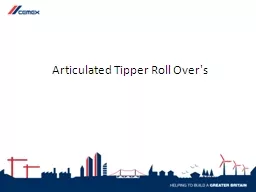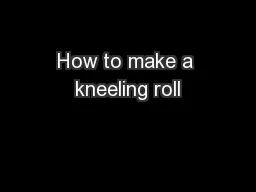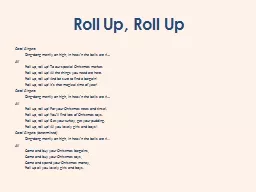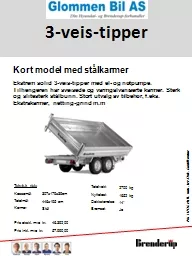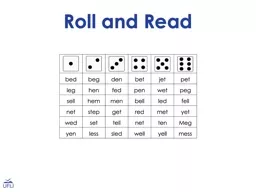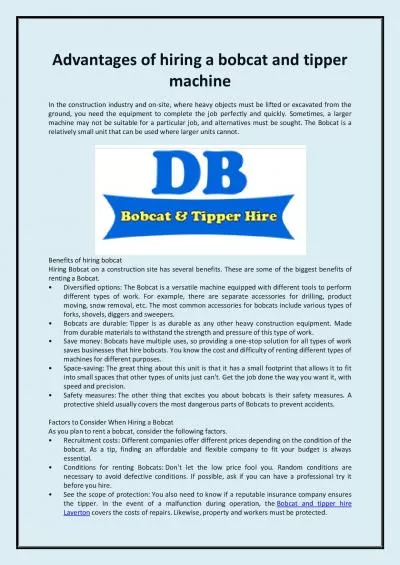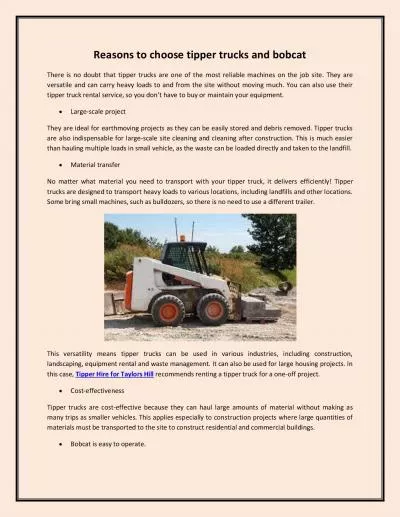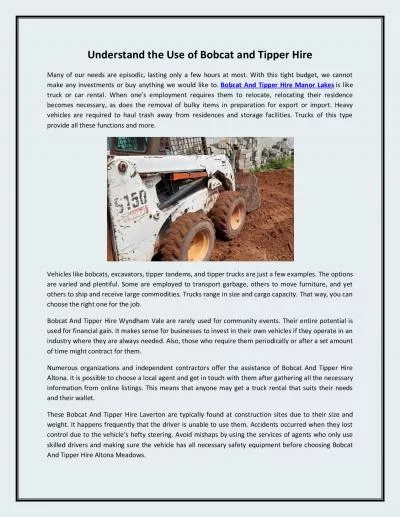PPT-Articulated Tipper Roll Over's
Author : tawny-fly | Published Date : 2016-07-28
MPA UK Statistics 2011 2013 MPA Reported 37 x Artic Roll overs in last 3 years across its UK members In this period CEMEX had 5 x roll overs 135 of MPA total
Presentation Embed Code
Download Presentation
Download Presentation The PPT/PDF document "Articulated Tipper Roll Over's" is the property of its rightful owner. Permission is granted to download and print the materials on this website for personal, non-commercial use only, and to display it on your personal computer provided you do not modify the materials and that you retain all copyright notices contained in the materials. By downloading content from our website, you accept the terms of this agreement.
Articulated Tipper Roll Over's: Transcript
Download Rules Of Document
"Articulated Tipper Roll Over's"The content belongs to its owner. You may download and print it for personal use, without modification, and keep all copyright notices. By downloading, you agree to these terms.
Related Documents

